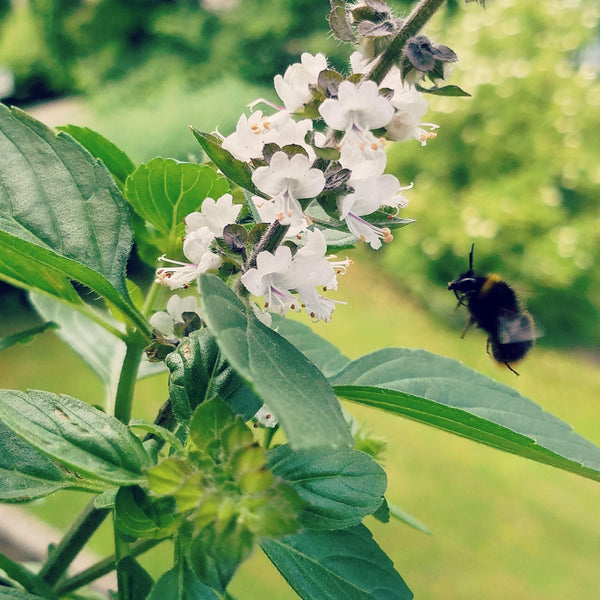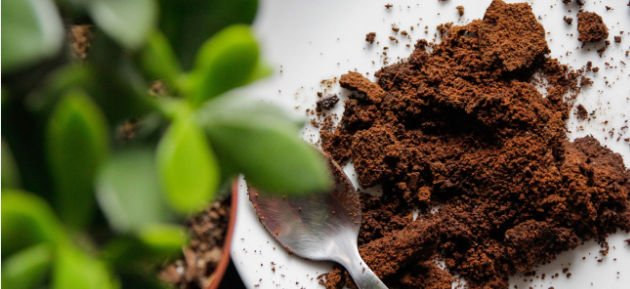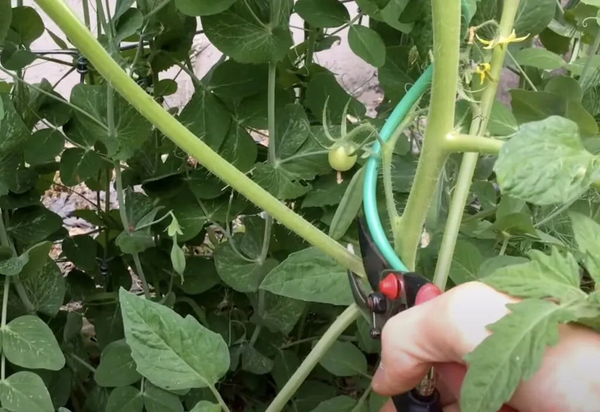Introduction
In recent years, there has been a noticeable resurgence of interest in forgotten vegetables, sparking a movement to reintroduce these heirloom varieties into modern gardens. This article delves into the historical significance of these often-overlooked plants and explores the benefits of incorporating them into your garden and diet.

What are Forgotten Vegetables?
Forgotten vegetables refer to traditional or heirloom plant varieties that have fallen out of favor over time due to changes in culinary trends and agricultural practices. These vegetables were once staples in ancient diets but have since been replaced by more popular or commercially viable crops.
Historical Background
Forgotten vegetables have a rich history dating back to ancient civilizations, where they were prized for their flavor, nutrition, and storability. In ancient cultures such as the Mayans, Aztecs, and Egyptians, vegetables like salsify, rutabaga, and Jerusalem artichoke were revered for their culinary and medicinal properties. However, with the advent of industrialized agriculture and the rise of monoculture farming, many of these traditional varieties were pushed to the sidelines in favor of high-yielding, uniform crops.
Benefits of Growing Forgotten Vegetables
- Nutritional Value: Forgotten vegetables often boast superior nutritional profiles compared to their modern counterparts, containing higher levels of vitamins, minerals, and antioxidants. For example, salsify is rich in fiber, potassium, and vitamin C, making it a nutritious addition to any diet.
- Biodiversity: Growing forgotten vegetables helps preserve biodiversity by supporting rare and heirloom varieties that are at risk of extinction. By cultivating these diverse plants, gardeners contribute to the conservation of genetic diversity and protect against the loss of valuable plant traits.
- Sustainability: By cultivating forgotten vegetables, gardeners contribute to sustainable agriculture practices, promoting soil health and reducing reliance on chemical inputs. Many forgotten vegetables, such as kohlrabi and lovage, require minimal inputs and can thrive in a variety of growing conditions, making them ideal choices for eco-conscious gardeners.
Rediscovering Lost Flavors
One of the most exciting aspects of growing forgotten vegetables is rediscovering their unique tastes and flavors. From the earthy sweetness of salsify to the nutty undertones of kohlrabi, these vegetables offer a culinary adventure that can't be found in the produce aisle. Incorporating these forgotten flavors into your meals can add depth and complexity to your dishes while connecting you to culinary traditions of the past.

Popular Forgotten Vegetables
- Salsify: Also known as the "oyster plant," salsify boasts a delicate flavor reminiscent of oysters when cooked. This versatile root vegetable can be roasted, sautéed, or mashed, adding a unique twist to classic recipes.
- Scorzonera: This lesser-known root vegetable has a rich, earthy taste and striking black skin. Often referred to as "black salsify," scorzonera can be boiled, steamed, or roasted and pairs well with savory herbs and spices.
- Skirret: Skirret's sweet, carroty flavor makes it a favorite in soups and stews. This ancient root vegetable can be enjoyed raw or cooked and adds a subtle sweetness to dishes.
- Jerusalem Artichoke: Despite its name, Jerusalem artichoke is not actually an artichoke but a tuber with a sweet, nutty flavor. This versatile vegetable can be roasted, sautéed, or pureed, adding a unique flavor and texture to a variety of dishes.
- Rutabaga: With its mild, turnip-like taste, rutabaga is a versatile addition to soups, stews, and roasted vegetable dishes. This hearty root vegetable is rich in vitamins and minerals and adds a comforting flavor to winter meals.
- Kohlrabi: This crunchy, mild-flavored vegetable is a member of the cabbage family and can be eaten raw or cooked. With its sweet, slightly peppery taste, kohlrabi adds a refreshing crunch to salads, slaws, and stir-fries.
- Malabar Spinach: Unlike traditional spinach, Malabar spinach thrives in hot, humid climates and is prized for its edible leaves and stems. This heat-tolerant green can be used in salads, soups, and stir-fries and adds a unique flavor and texture to dishes.
- Lovage: With its bold, celery-like flavor, lovage is a versatile herb that can be used in a variety of culinary applications. The leaves stems, and seeds of the lovage plant are all edible and can be used fresh or dried to add flavor to soups, stews, salads, and sauces.
- Hamburg Parsley: Also known as root parsley, Hamburg parsley is prized for its flavorful roots, which can be roasted, boiled, or mashed. This versatile vegetable adds a distinctive flavor to soups, stews, and roasted vegetable dishes.
- Celeriac: Celeriac, also known as celery root, is a knobby root vegetable with a mild, celery-like flavor. This versatile vegetable can be eaten raw or cooked and adds a subtle earthy sweetness to soups, salads, and gratins.
Growing Tips
To successfully grow forgotten vegetables in your garden, consider the following tips:
- Soil and Sunlight: Most forgotten vegetables prefer well-drained soil and full sunlight to thrive. Before planting, amend your soil with compost or organic matter to improve fertility and drainage.
- Planting Techniques: When planting forgotten vegetables, follow spacing and depth guidelines provided on seed packets or plant labels. Some vegetables, such as rutabaga and Jerusalem artichoke, may require more space to spread out, while others, like skirret and lovage, can be planted closer together.
- Maintenance Practices: Once planted, forgotten vegetables require regular maintenance to ensure healthy growth. Water your plants consistently, keeping the soil evenly moist but not waterlogged. Monitor for pests and diseases, and take appropriate action if any issues arise. Mulching around your plants can help conserve moisture and suppress weeds, reducing the need for watering and weeding.

Culinary Uses
Forgotten vegetables can be used in a variety of culinary applications, from simple side dishes to gourmet entrees. Experiment with different cooking methods, such as roasting, steaming, or sautéing, to showcase their unique flavors and textures. Here are a few ideas to get you started:
- Roasted Root Vegetables: Toss salsify, rutabaga, Jerusalem artichoke, and kohlrabi with olive oil, garlic, and your favorite herbs, then roast until tender and caramelized for a flavorful side dish.
- Creamy Soups and Stews: Puree scorzonera, skirret, or celeriac into creamy soups and stews for a velvety texture and rich flavor.
- Fresh Salads and Slaws: Shave kohlrabi and Hamburg parsley into thin slices and toss with crisp Malabar spinach leaves for a refreshing salad or slaw.
- Stir-Fries and Stir-Fries: Stir-fry Jerusalem artichoke, rutabaga, and lovage with your favorite vegetables and protein for a quick and flavorful meal.
Preservation Methods
To enjoy your harvest of forgotten vegetables throughout the year, consider preserving them using various methods such as canning, freezing, or pickling. These techniques allow you to extend the shelf life of your produce and savor their flavors long after the growing season has ended.
- Canning: Preserve Jerusalem artichoke, rutabaga, and Hamburg parsley by canning them into jams, chutneys, or relishes. These preserved vegetables can be enjoyed as condiments or added to sauces and marinades for added flavor.
- Freezing: Blanch skirret, scorzonera, and celeriac before freezing them to retain their texture and flavor. Frozen vegetables can be used in soups, stews, and casseroles for a convenient and nutritious meal.
- Pickling: Pickle kohlrabi, lovage, and Malabar spinach to create tangy, flavorful preserves that can be enjoyed as snacks or added to sandwiches and salads for a burst of flavor. Pickled vegetables also make excellent accompaniments to cheese and charcuterie boards.

Where to Find Forgotten Vegetable Seeds
Finding seeds for forgotten vegetables may require some effort, but there are several sources available to gardeners:
- Online Seed Catalogs: Explore online seed catalogs specializing in heirloom and rare vegetable varieties. Companies like Baker Creek Heirloom Seeds, Seed Savers Exchange, and Johnny's Selected Seeds offer a wide selection of forgotten vegetable seeds for purchase.
- Local Seed Swaps: Participate in local seed swaps and gardening communities to exchange seeds and knowledge with other enthusiasts. Seed swaps are a great way to discover new varieties and connect with fellow gardeners who share your passion for growing forgotten vegetables.
Reviving Cultural Heritage
Growing forgotten vegetables is not just about cultivating plants; it's also about preserving cultural heritage and culinary traditions. By embracing these heirloom varieties, gardeners can connect with the past while shaping the future of food. Whether you're growing salsify to honor ancient Egyptian cuisine or harvesting Jerusalem artichoke to celebrate Native American traditions, each forgotten vegetable tells a story that enriches our understanding of the culinary world.
Conclusion
In conclusion, rediscovering forgotten vegetables offers a journey into the past while providing an opportunity to enhance our gardens, our plates, and our connection to the natural world. By embracing these diverse and flavorful plants, we can enrich our lives and contribute to a more sustainable and resilient food system. So, next time you're planning your garden, consider adding a few forgotten vegetables to the mix and savor the taste of history with every bite.









